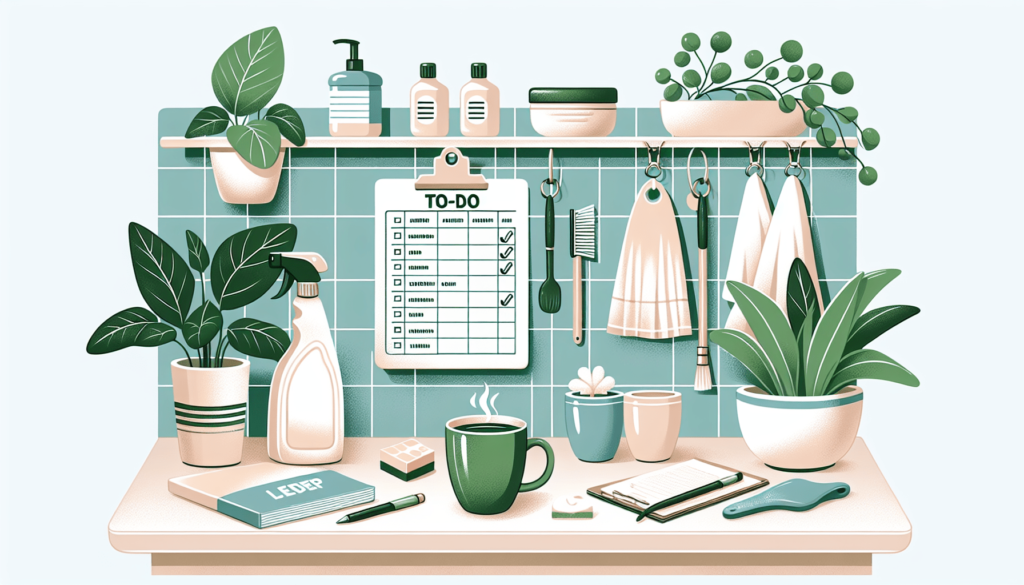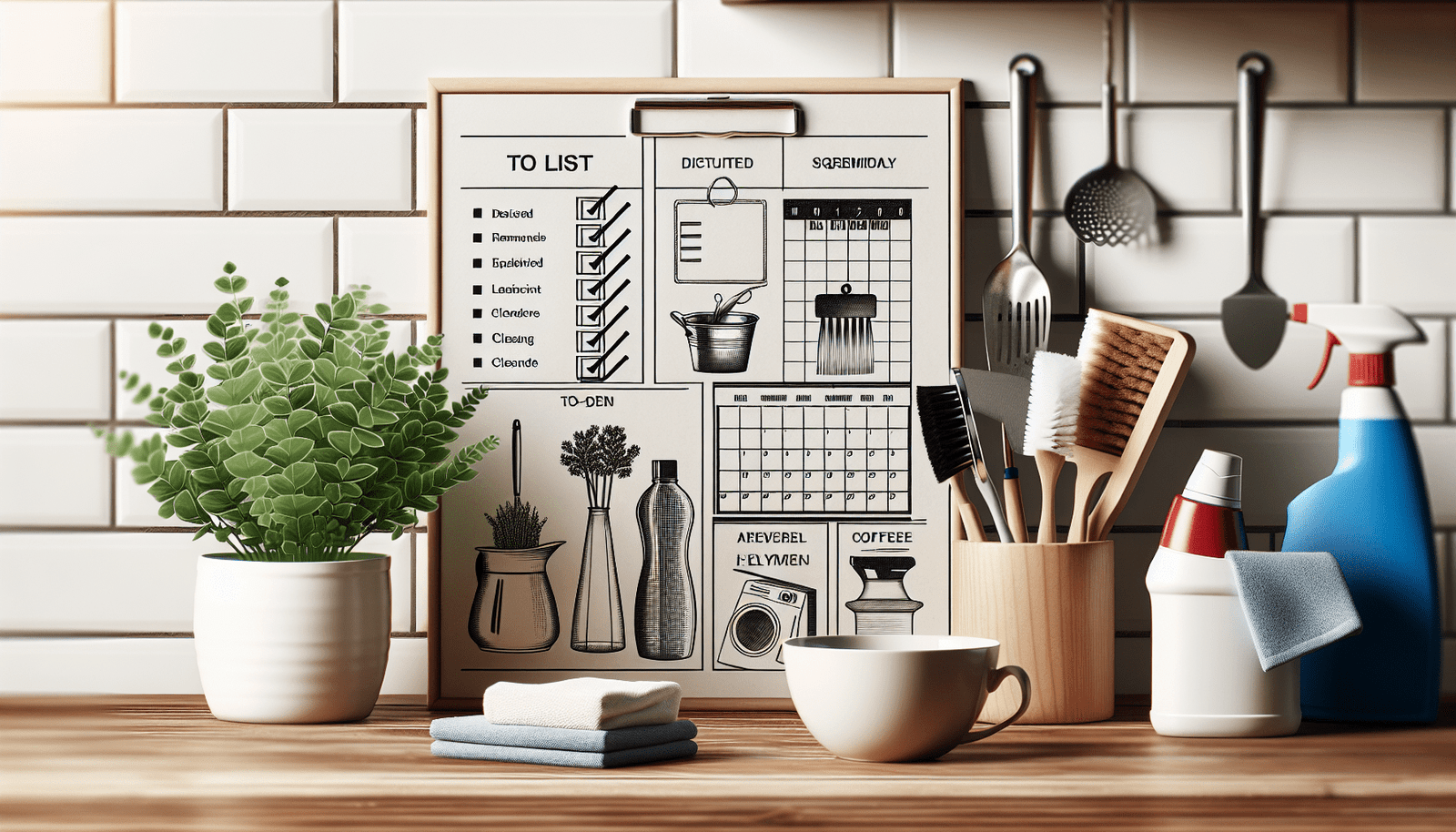How Do You Make A Checklist For Daily Household Tasks?
Introduction
Organizing your daily household tasks can be a challenge, but creating a checklist can help keep you on track and ensure that nothing gets overlooked. From meal prep to cleaning to managing family schedules, a checklist can simplify your day-to-day responsibilities. Let’s explore how you can create an effective checklist for daily household tasks that works for you.
Why is a Checklist Important?
A checklist serves as a visual reminder of all the tasks you need to complete, helping you stay focused and efficient. By breaking down your tasks into manageable steps and checking them off as you go, you can feel a sense of accomplishment and prevent things from slipping through the cracks.

Steps to Create a Checklist for Daily Household Tasks
Step 1: Identify Your Daily Tasks
Start by listing all the tasks you need to complete on a daily basis. This may include chores like cleaning, laundry, meal prep, and childcare responsibilities. Make sure to include any recurring tasks that are essential for maintaining your household and family routines.
Step 2: Categorize Your Tasks
Organize your tasks into categories to make your checklist more manageable. Consider grouping tasks by rooms in your home (kitchen, living room, bedroom) or by the type of activity (cleaning, cooking, organizing). This will help you prioritize tasks and allocate your time more effectively.
Step 3: Determine Frequency of Tasks
Decide how often each task needs to be done to create a realistic schedule. Some tasks may need to be done daily (like washing dishes), while others can be done weekly or monthly (like deep cleaning or organizing). Be sure to note the frequency next to each task on your checklist.
Step 4: Create a Visual Checklist
Design your checklist in a way that is visually appealing and easy to follow. You can use a simple pen and paper, a digital template on your computer or smartphone, or a checklist app. Make sure to include checkboxes next to each task for easy tracking.
Step 5: Set Priorities and Deadlines
Assign priorities to each task based on importance and urgency. This will help you focus on high-priority tasks first and avoid feeling overwhelmed by less critical tasks. Setting deadlines for certain tasks can also help you stay motivated and accountable.
Step 6: Review and Update Regularly
Regularly review your checklist to ensure that it reflects your current priorities and routines. Update it as needed to accommodate changes in your schedule or household needs. Make adjustments based on your daily experiences and feedback from family members.

Tips for Using Your Household Tasks Checklist Effectively
Tip 1: Keep Your Checklist Visible
Place your checklist in a central location where you can easily refer to it throughout the day. This could be on the fridge, a bulletin board, or in a digital format on your phone or computer. Seeing your tasks visually will help you stay on track and motivated.
Tip 2: Involve Your Family
Share your checklist with family members and assign tasks accordingly. Involving everyone in the household can help distribute responsibilities and create a sense of teamwork. Encourage family members to check off completed tasks to foster accountability.
Tip 3: Use Reminders and Alerts
Set reminders or alarms on your phone or calendar app to prompt you to complete certain tasks at specific times. This can be especially helpful for time-sensitive tasks like picking up children from school or starting dinner preparations. Utilize technology to your advantage.
Tip 4: Celebrate Small Wins
Acknowledge your accomplishments by celebrating small wins as you check off tasks on your list. This positive reinforcement can boost your motivation and keep you engaged in your household routines. Consider treating yourself to a small reward for completing a challenging task.
Tip 5: Seek Feedback and Make Adjustments
Regularly ask for feedback from your family members on how the checklist is working for them. Are there any tasks that need to be added or removed? Are the deadlines realistic? Use their input to make adjustments and tailor the checklist to better suit your household’s needs.

Conclusion
Creating a checklist for your daily household tasks is a valuable tool for managing your home and family responsibilities. By following these steps and tips, you can develop a customized checklist that works for you and helps you stay organized and efficient. Remember to be flexible and open to making changes as needed to ensure that your checklist remains relevant and effective in the long run. Happy organizing!


